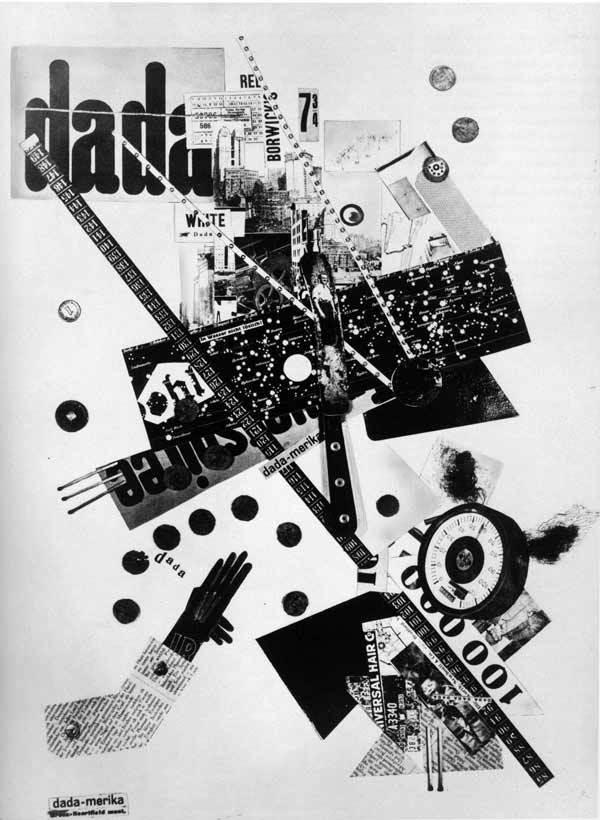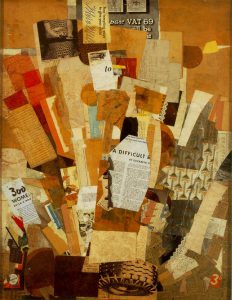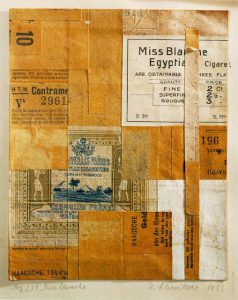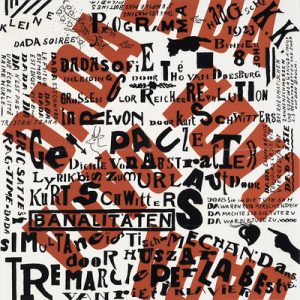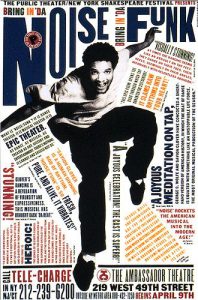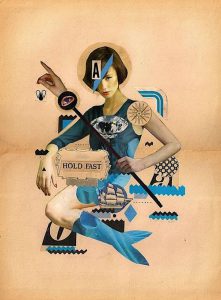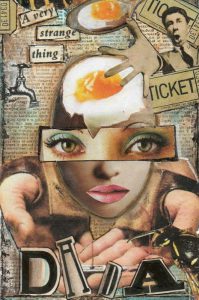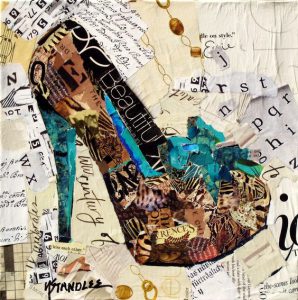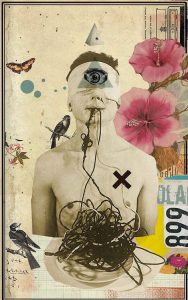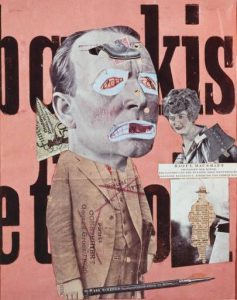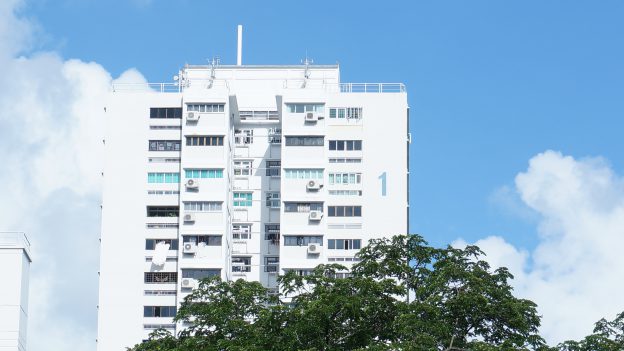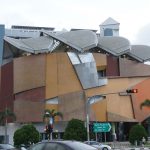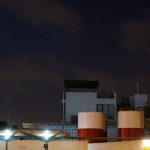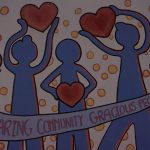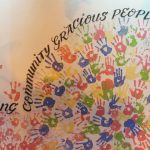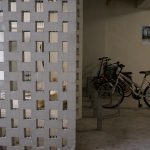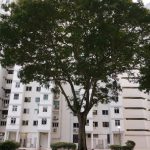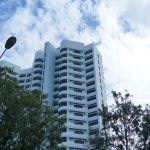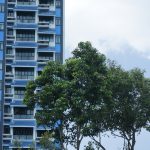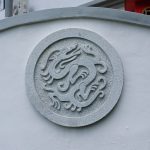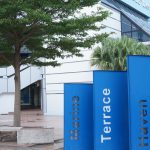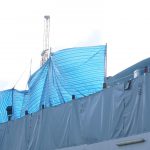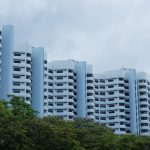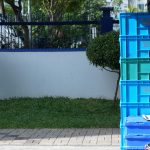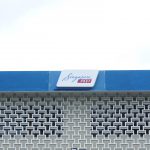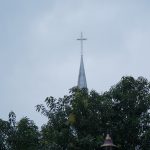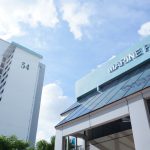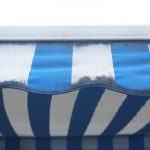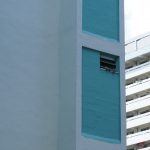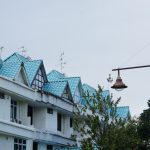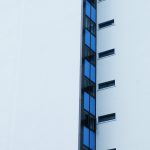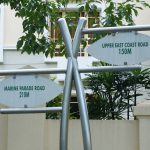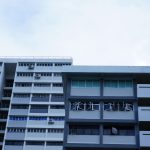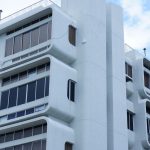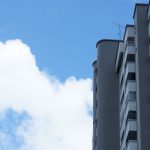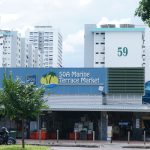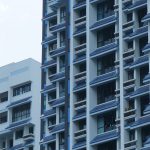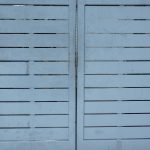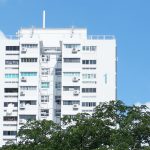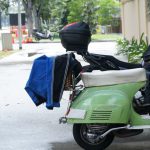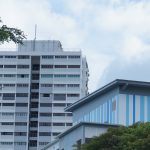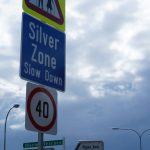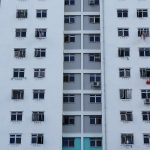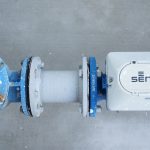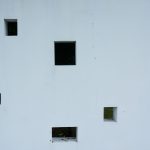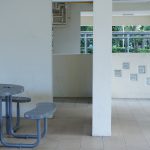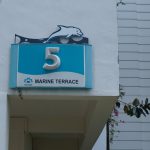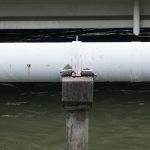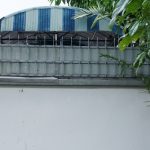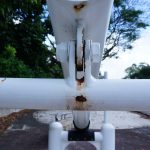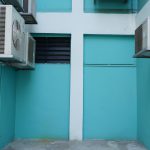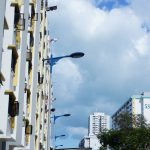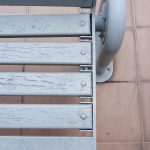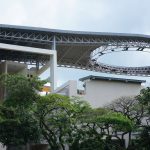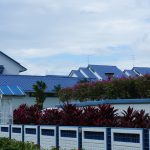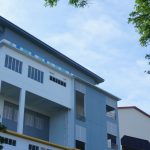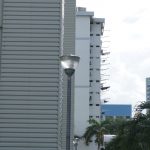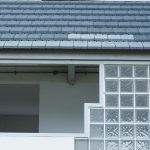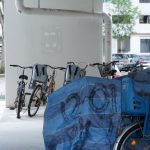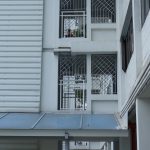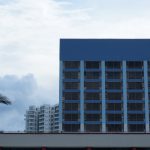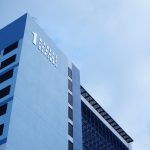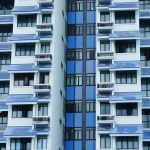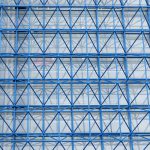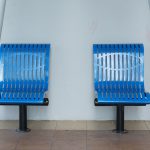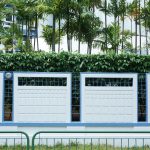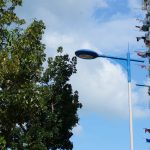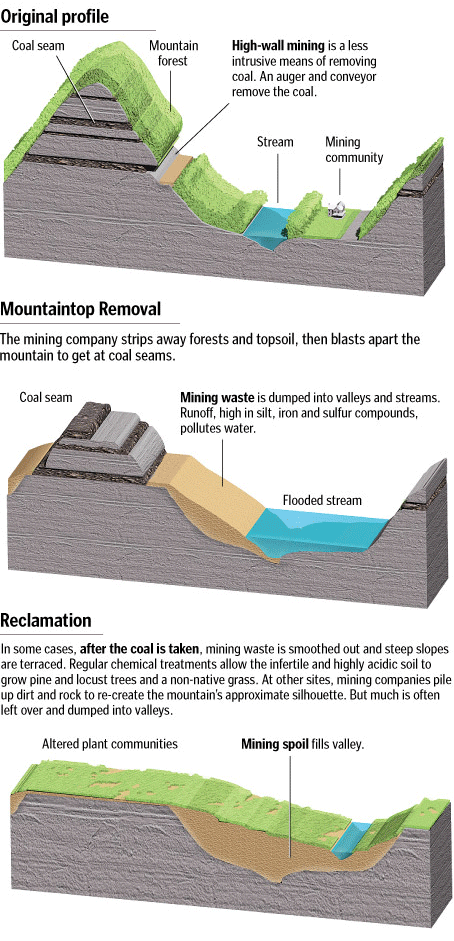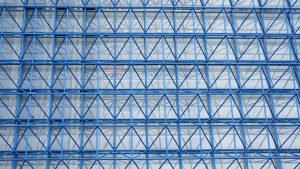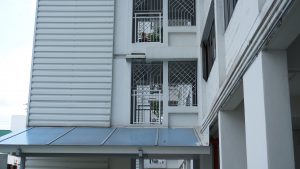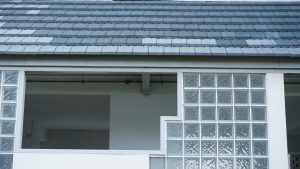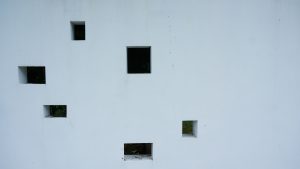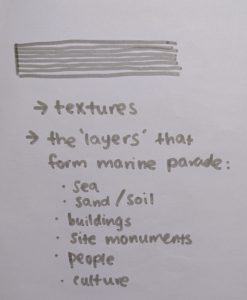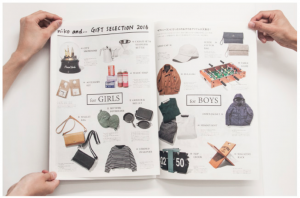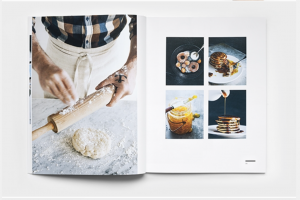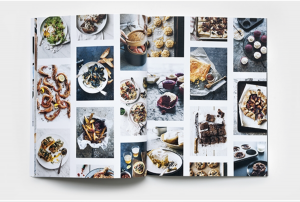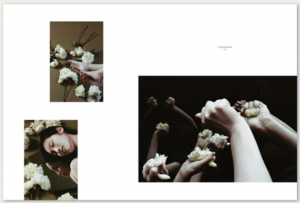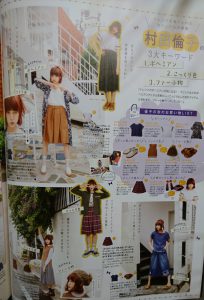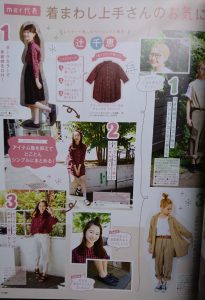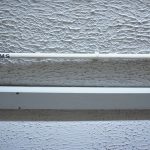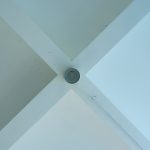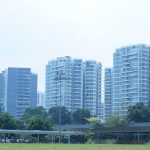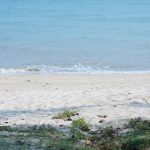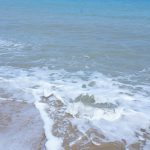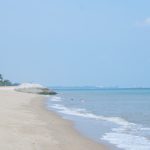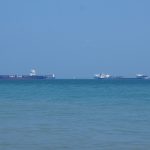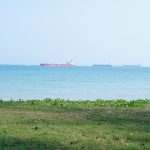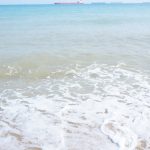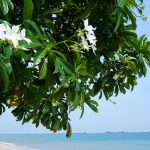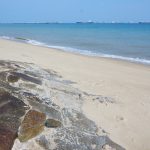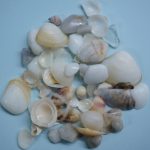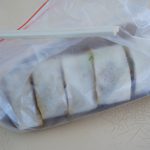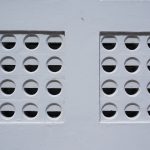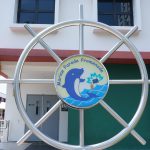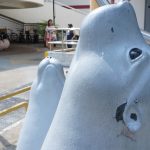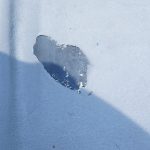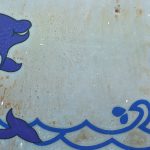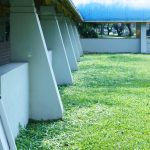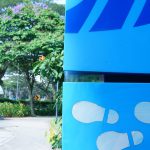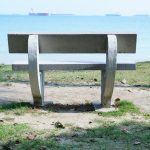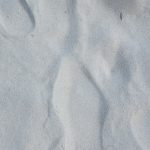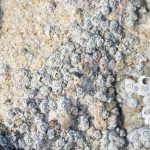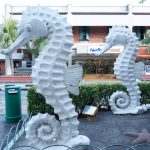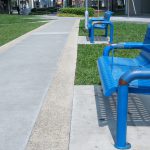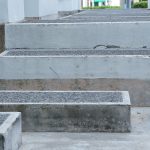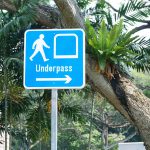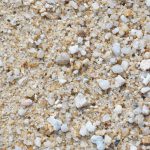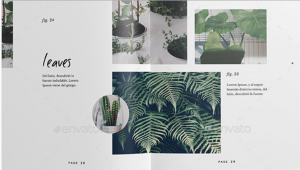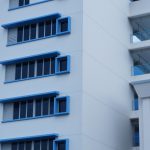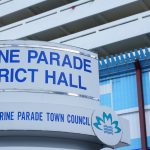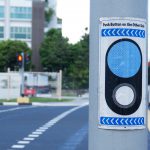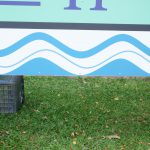While researching about Dadaism, I didn’t expect myself to be so intrigued by this art style. At my first glance of Hannah Hoch’s works, they just look like a bunch of cut outs being pasted together. I do think that the composition of the pieces look nice despite the offset in proportions, but that was just it. It was until I read what the Dada movement is about that I realised that, “OH. The meaning behind is actually meaningful!!”
So, what is Dada?
Silly as it sounds, it is a rebellious art movement that ‘mocks’ the norm and invokes thoughts about society. It started at around 1916 as a reaction to violence and deaths of World War 1 and the patriotism of people that led to the war. The artworks are not meant to be aesthetically pleasing but to get people to question about the nationalism and societal structures. It was goofy and sarcastic and playful movement although it was a form of protest. By throwing aside rationality, Dada artists experimented different ways and materials to express their creativty! The artists usually includes topics about technology and uses cutouts from print media to showcase the increasing connection with the modern life.
The artists themselves question their purpose as artists and that constitutes as art. This led to the spontaneous process of using untraditional materials to mix and match to create artworks. They will gather different pieces of papers/photographs or other materials and arrange them. There also other various forms of Dadaism through sculptures and performance art but we shall leave that for now hahaha.
Photomontage & Collage
For collages, artists used a wide range of materials, from a subway ticket to a piece of handkerchief, they paste the fragments to create a chaotic but neat image.
(Kurt Schwitters – Difficult, 1942-43)
(Kurt Schwitters – Merz 231 Miss Blanche, 1923)
For photomontages, it is a collage of pasted items of existing photographs from the press or photographic reproductions. This form of Dada is more commonly practiced by artists as it effectively shocked the public when they see photos of important figures that they were used to seeing, being edited in a nonsensical way. The fact that they used printed media to create artworks, and arrange the pieces unthinkingly challenges the concise traditional art form of painting.
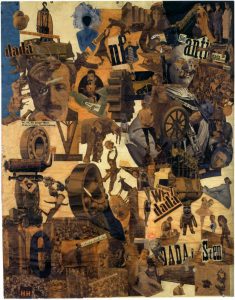 (Hannah Höch – Cut with the Kitchen Knife through the Beer-Belly of the Weimar Republic, 1919)
(Hannah Höch – Cut with the Kitchen Knife through the Beer-Belly of the Weimar Republic, 1919)
Typographies
“They would use as many different fonts as they wanted, would punctuate in unconventional ways, loved to drop random letters or symbols throughout their pages. They would also print both horizontally and vertically on the same paper, composing indifferently in any direction.”
Artist played with different composition styles with texts to create a visually popping effect, sending hidden messages about politics or social problems. There was a close relation between text and images, using a variety of lettering formats and line dimensions.
(Kurt Schwitters & Theo van Doesburg – Poster design, 1922)
Modern Take
Dadaism is still pretty relevant today as many artists use it as an art style to incorporate into their works. It certainly helps to deliver a visually-popping effect and depending on the composition, creates whimsical moods or jarring effects with the intense contrast.
Here are some examples!
It certainly looks like a fun style to explore in my future works! Hope this post helps give you a little more insight of what this unique and empowering art movement is about!

